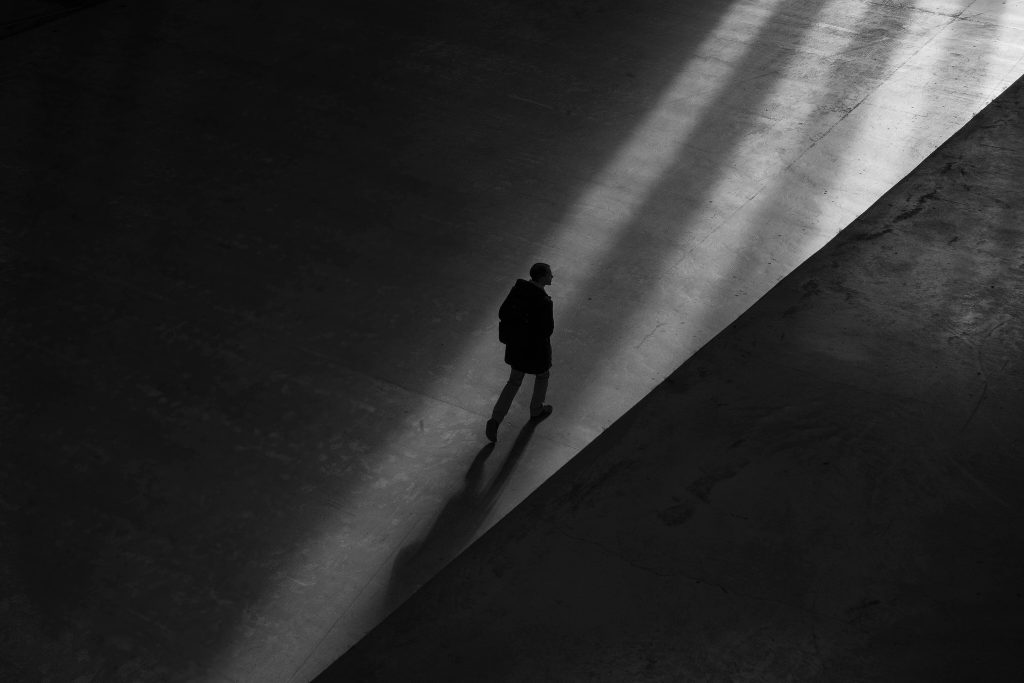Black and white photography is a rewarding and challenging niche. Mastering this is a journey for photographers – amateur and professional alike. With the right techniques and a bit of practice, anyone can create stunning monochrome images. These capture the beauty and emotion of the world around us.
In this blog post, we cover the basics of black and white photography. Additionally, we provide tips and techniques for creating beautiful monochrome images. We also discuss the benefits of shooting in black and white, as well as providing inspiration from some of the masters of the medium.
Table of Contents
What is Black and White Photography?
Black and white photography is a photography niche that involves capturing images using only shades of black, white, and gray. Unlike colored photography, black and white photography relies only on tonal values and contrast to create impact and emotion.
Black and white photography has a long and rich history. This dates back to the earliest days of photography. Some of the most famous photographers in history, such as Ansel Adams and Henri Cartier-Bresson, are known for their stunning black and white images.
Benefits of Shooting in Black and White


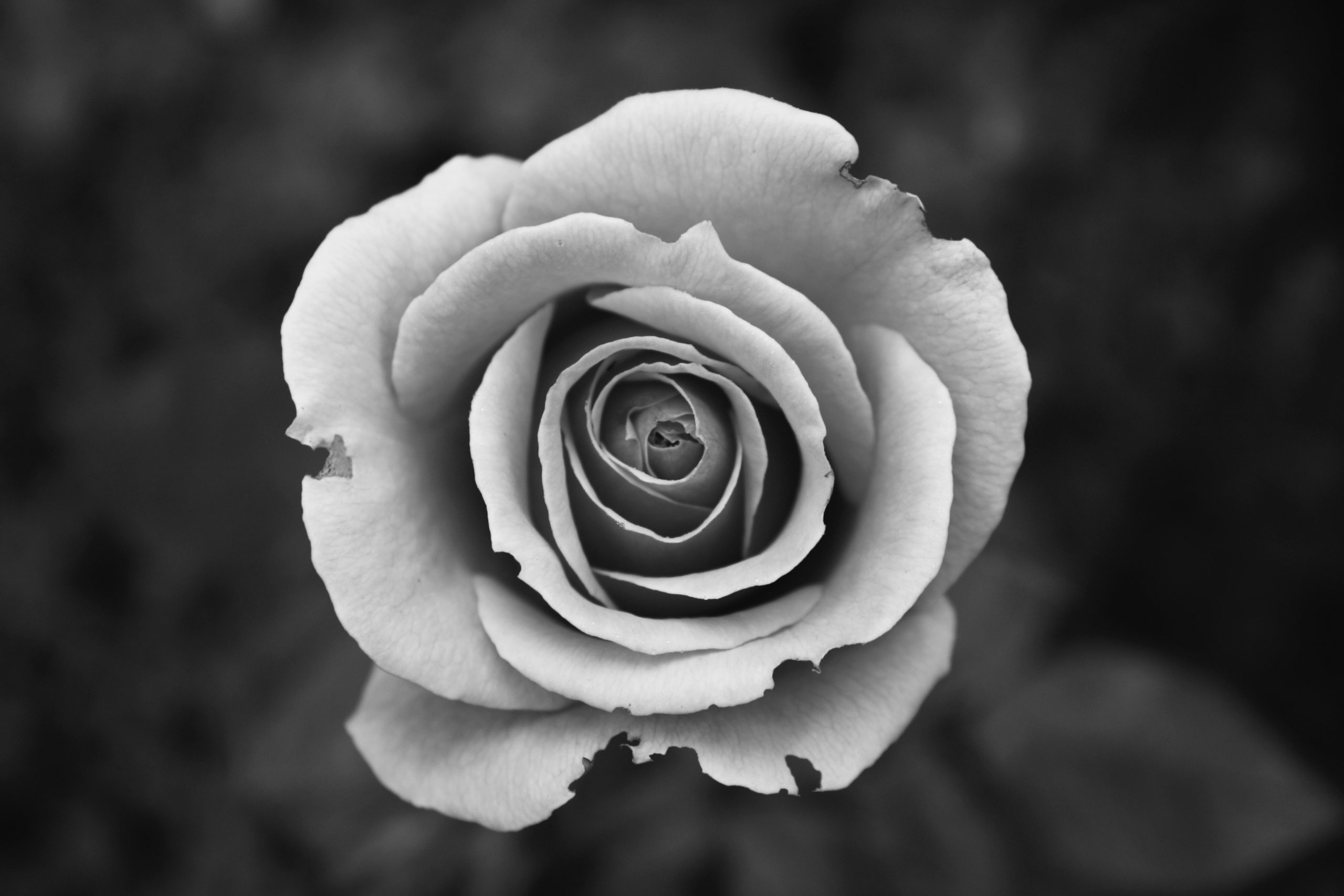
Why shoot in black and white? There are several benefits to shooting in monochrome, both creative and practical. The following are reasons for considering black and white photography.
Simplicity
Black and white photography allows you to focus on the essential elements of an image, such as composition, lighting, and tonal values.
This simplicity is particularly appealing. Today, we are constantly bombarded with visual stimuli from our phones and gadgets. Black and white images are calming and meditative. This allows the viewer to focus on the inherent beauty of whatever subject matter.
Next, by shooting in raw format and using manual exposure, you can control the tonal values and contrast of your images to create a stunning effect. This is especially helpful for photographers who are just starting out. It allows them to learn the basics of photography without the distractions of color.
In addition to its aesthetic appeal, the simplicity of black and white photography can also be practical. By shooting in monochrome, you avoid the challenges of color adjustment and correction. Dealing with colors oftentimes is time-consuming and complex. This is especially useful for photographers who are working under tight deadlines or who are looking to streamline their workflow.
Emotion
Black and white images can be powerful and emotional. They rely on contrast and tonality to create impact. By using different shades of black and white, you create a sense of mood and atmosphere in your images. For example, using high contrast and deep shadows can create a sense of mystery and drama, while using softer tones and less contrast can create a sense of tranquility and peace.
Next, when you eliminate the distractions of color, black and white images draw the viewer’s attention to the subject matter. Whether it’s a landscape, a portrait, or a still life; the subject’s inherent beauty stands out the most.
Creative Control
Feeling adventurous? Black and white photography allows you to be very creative. This can be especially useful for photographers who are looking to experiment with different styles and techniques. You can create a range of moods and atmospheres using different shades of black and white.
Exercise creative control in black and white photography through your shooting techniques. By using different exposure settings, such as aperture and ISO, you can control the tonal values and contrast of your images. You can also use filters, such as a polarizing filter or a graduated neutral density filter. This controls the light and creates more dynamic images.
Post-processing
Converting color images to black and white can be a powerful post-processing technique, allowing you to experiment with different tonal values and contrasts to create a range of moods and atmospheres. There are several ways to convert color images to black and white, including using software like Adobe Photoshop or Lightroom.
One technique for post-processing black and white images is using the channel mixer. The channel mixer is a tool in Photoshop that allows you to adjust the proportions of the red, green, and blue channels to create different tonal values and contrasts.
Another technique for post-processing black and white images is using the black and white adjustment layer. The black and white adjustment layer is a tool in Photoshop and Lightroom that allows you to adjust the tonal values and contrast of your images using a set of sliders.
Overall, post-processing is an important aspect of black and white photography. This allows you to adjust the tonal values and contrast of your images to create your desired mood and output.
Tips and Techniques for Black and White Photography
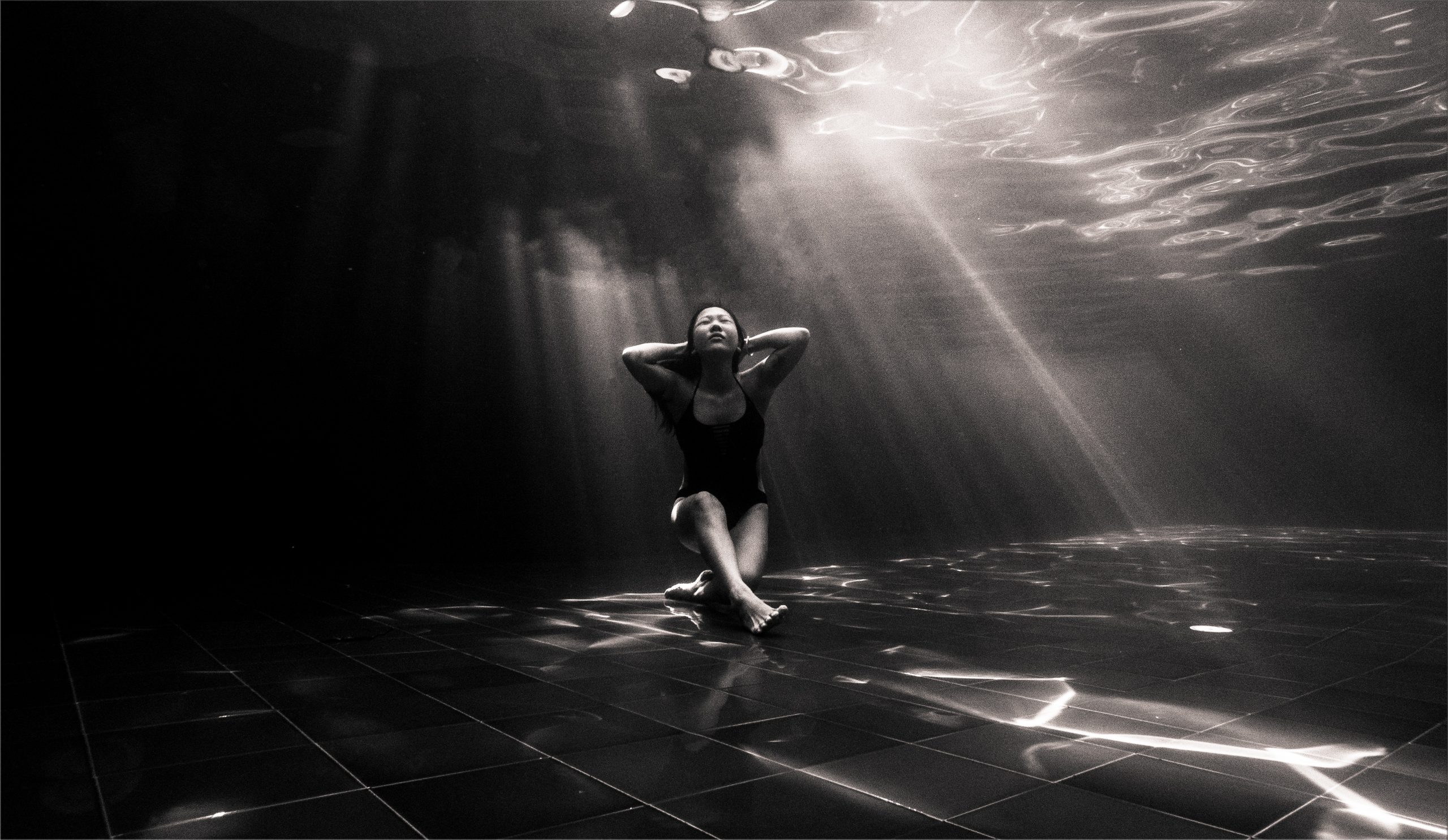
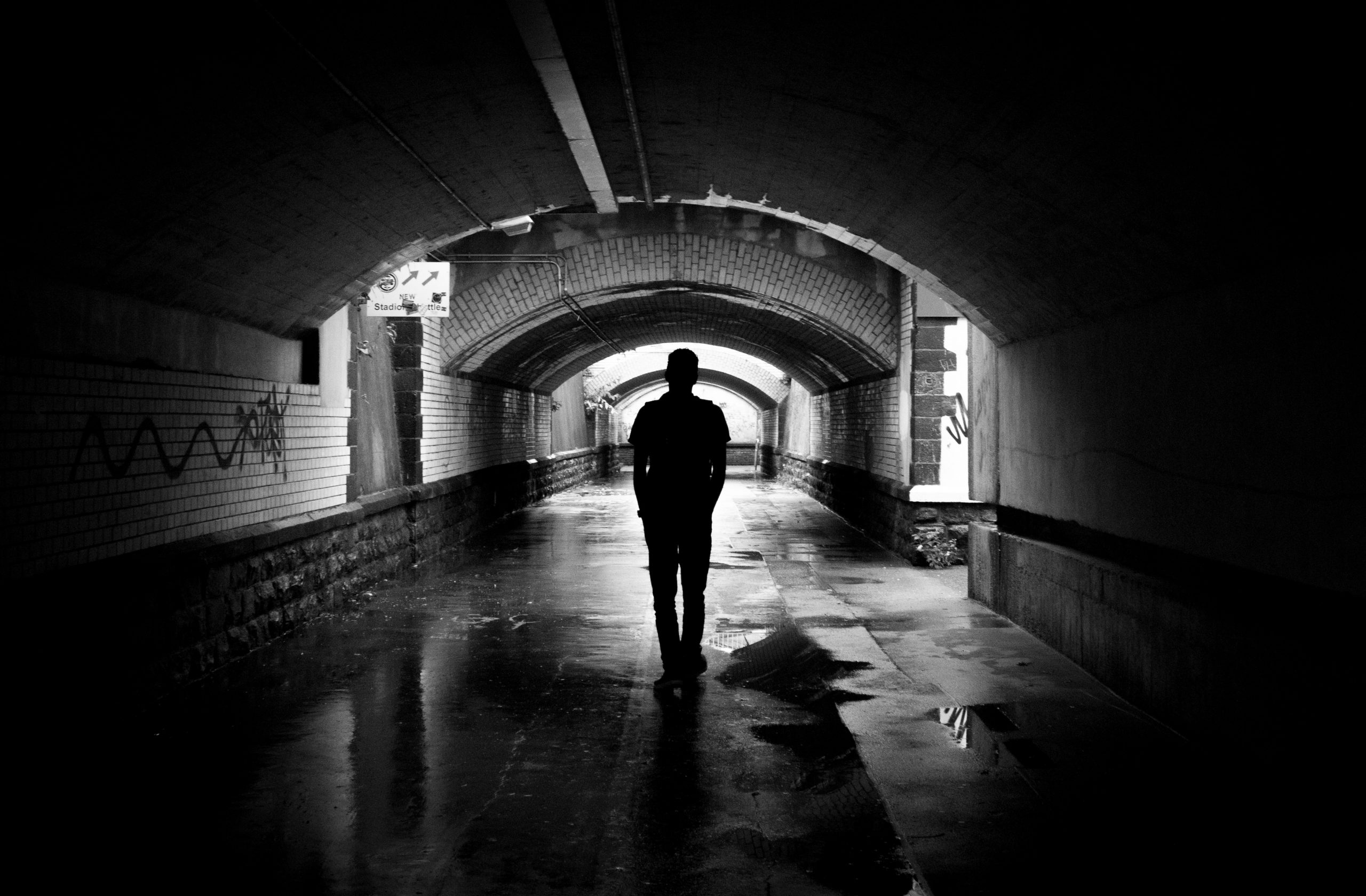
Now that we’ve covered the basics of black and white photography, let’s look at some tips and techniques for creating stunning monochrome images.
Shoot in RAW
Shooting in raw format allows you to capture the maximum amount of data and tonal values, giving you more flexibility in post-processing. This is especially important when shooting in black and white, as you will need to adjust most properties during post-processing.
However, note that shooting in raw also means that it consumes more space. The file size of images in the RAW format is larger than JPEGs. Take note of this and bring an extra memory card just in case!
Lighting
Light is one of the most important elements in black and white photography. This determines the tonal values and contrast of your images. Look for scenes with strong contrasts, such as bright highlights and deep shadows. These always create striking black and white images.
Make sure to take advantage of the contrast between highlights and shadows. This is very essential in black and white photography. The tonal contrast separates your subject from the background. It adds depth, emotion, and beauty to your black and white images.
Manual Mode
Shooting in manual exposure mode allows you to control the aperture, shutter speed, and ISO of your camera. This provides you more control over the final result. This is especially important in black and white photography, as you will need to adjust the exposure to create the desired tonal values and contrast.
Understand the roles of each through the exposure triangle. Shutter speed, aperture, and ISO are all connected with each other. A perfect balance among them is desired at all times. Obtain a full grasp of them by practicing and always shooting in manual mode.
Experiment with Composition
Composition is an important element in any type of photography. Black and white photography is definitely no exception! Look for interesting compositions that make use of lines, shapes, and patterns to create a sense of balance and interest in your images.
Apply the rule of thirds, leading lines, and framing whenever you capture photos! Learn more about composition in photography through our previously published blog post.
Convert to Black and White in Post-processing
The most efficient way of creating monochrome images is by converting them from colored to grayscale during editing. You will have freedom to focus on lighting and composition during your photoshoot. This lets you focus your time during editing to set your desired mood and emotion.
There are several ways to convert colored images to black and white. Experiment with different techniques, such as using the channel mixer or the black and white adjustment layer, to create different tonal values and contrasts. Most of the editing software around is capable of these techniques. Some also have built-in black and white filters like Snapseed.
Inspiration from the Masters
If you’re looking for inspiration for your black and white photography, there are many masters of the medium to look out for. Here are a few photographers who are known for their beautiful monochrome images:
Ansel Adams
Ansel Adams is perhaps the most famous black and white photographer of all time. He is known for his stunning landscape images of the American West. Adams was a master of composition and tonality, and his images are known for their exceptional detail and contrast.
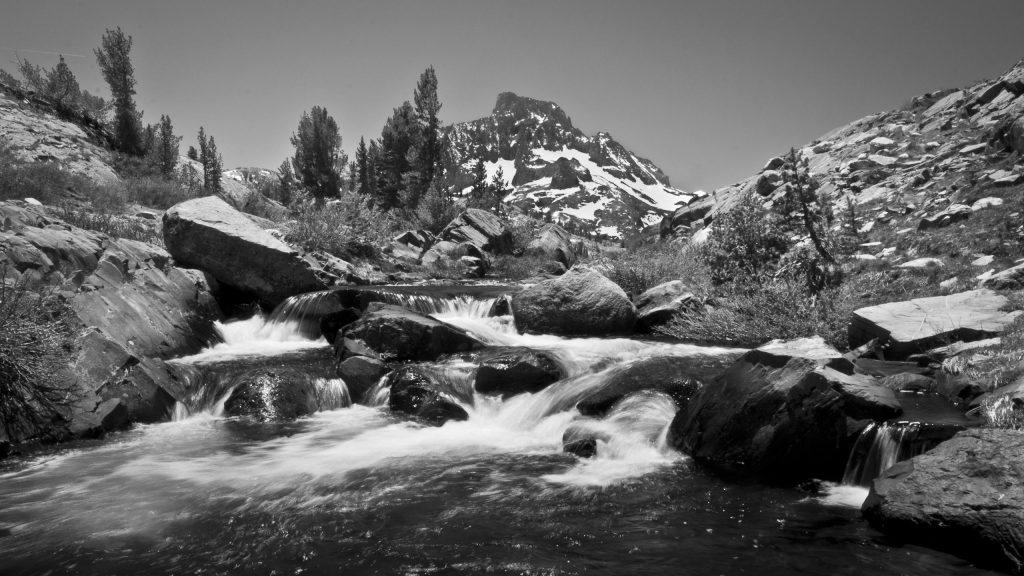
Henri Cartier-Bresson
Henri Cartier-Bresson was a pioneer of street photography. His images are known for their candid and spontaneous feel. Cartier-Bresson was a master of composition and timing, and his images are often characterized by their strong graphic elements and sense of movement.
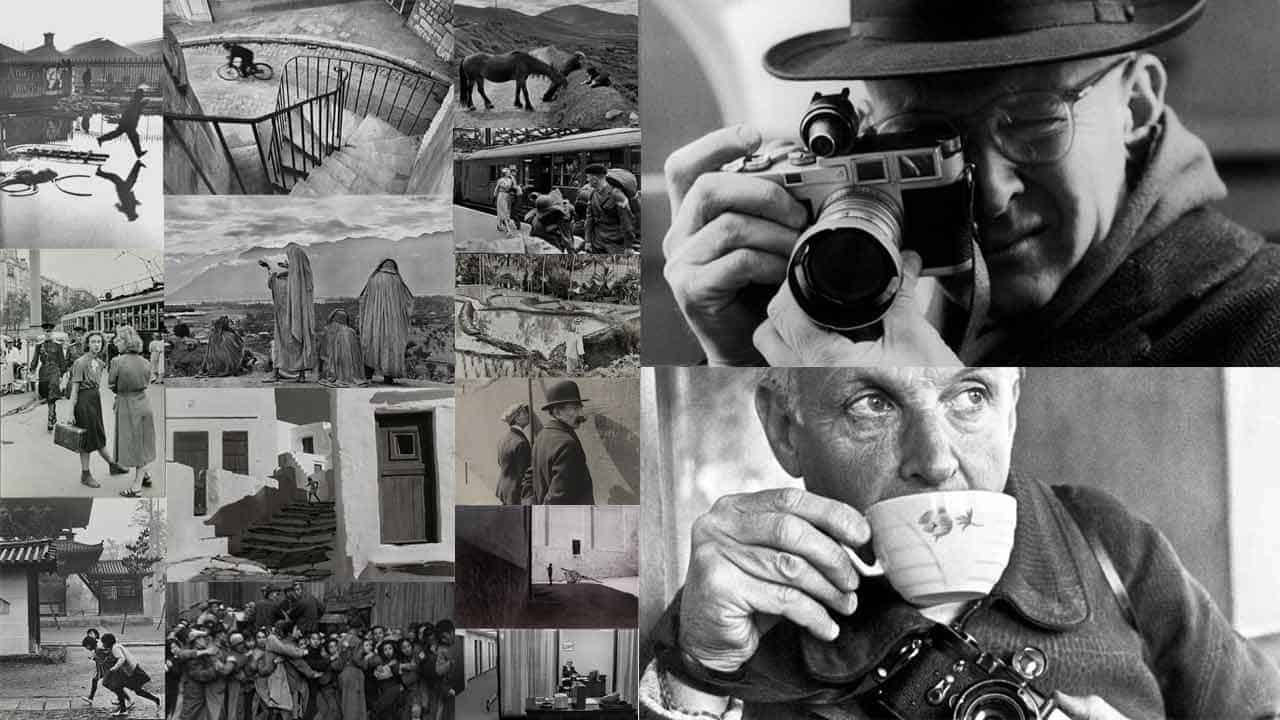
Diane Arbus
Diane Arbus was a portrait photographer known for her raw and intimate images of people on the fringes of society. Arbus was a master of capturing the human condition, and her images are often poignant and emotional.
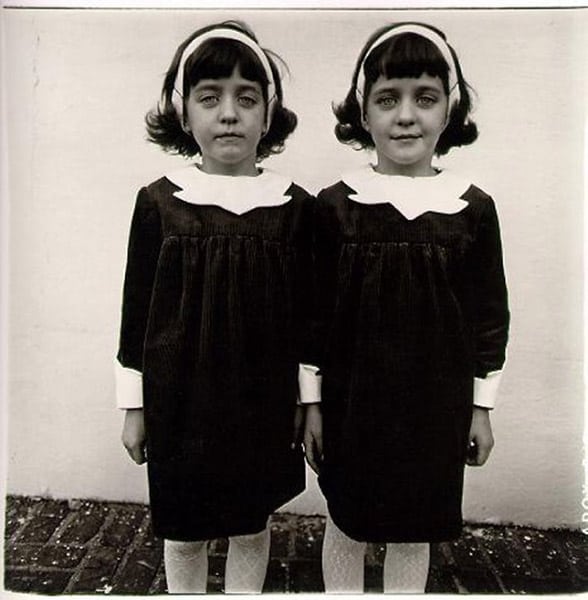
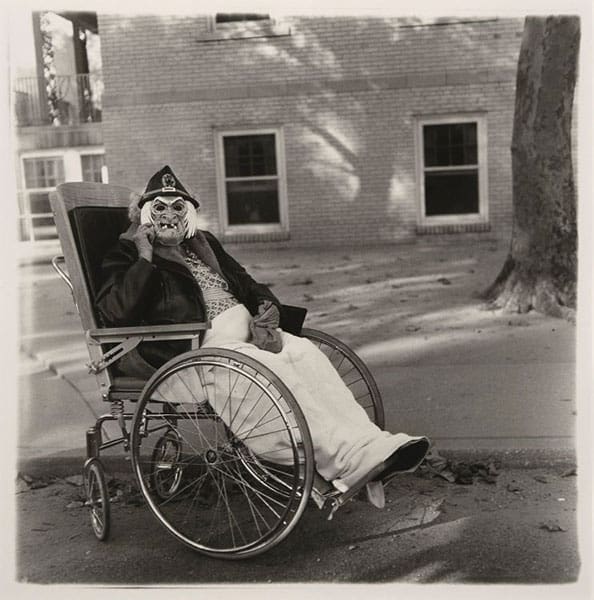

Sebastião Salgado
Sebastião Salgado is a documentary photographer known for his powerful images of people and places around the world. Salgado’s images are often characterized by their strong sense of place and social justice, and his work has been exhibited in galleries and museums around the world.
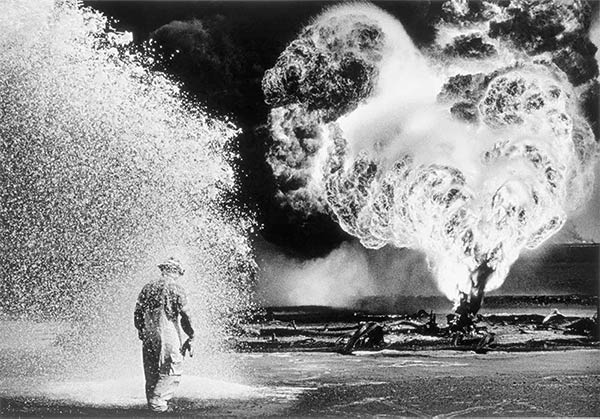
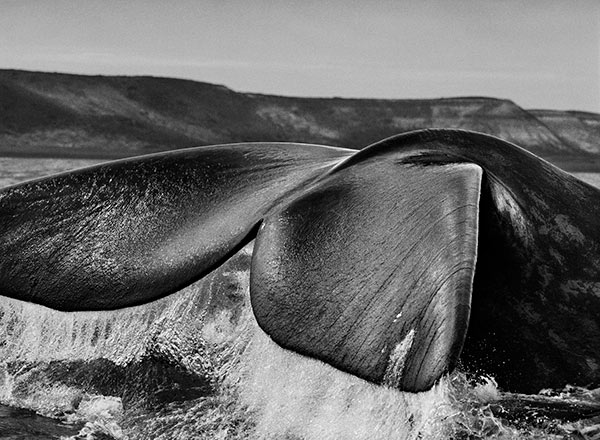
Josef Koudelka
Josef Koudelka is a Czech photographer known for his powerful images of the human condition. Koudelka’s images are often dark and moody, and he is known for his ability to capture the essence of a place or situation.
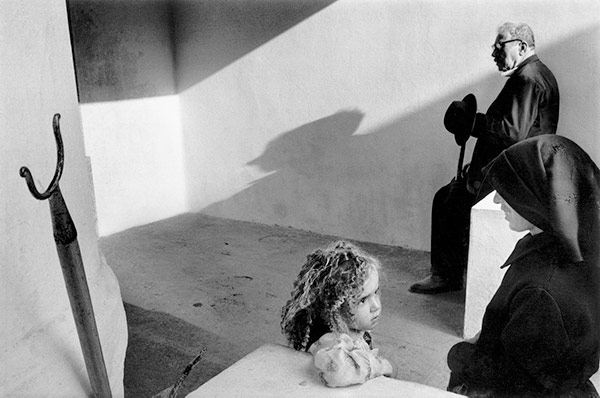
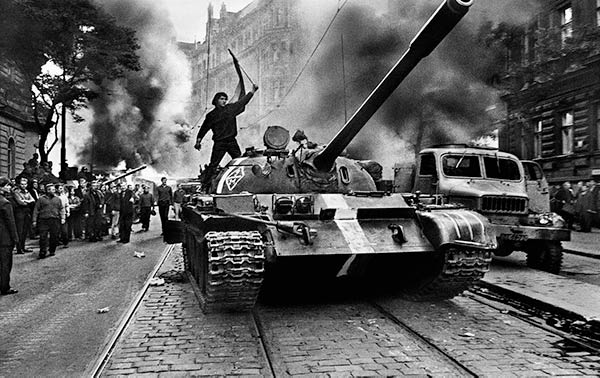
Conclusion
Mastering the art of black and white photography takes time and patience! It requires a combination of technical skills and creativity. Create stunning images that capture the beauty and emotion of the world around us in simple and creative monochrome images.
Whether you’re just starting out in black and white photography or an experienced photographer looking to improve your skills, black and white photography is a great niche to explore. Also develop your skills in post-processing and editing. These are extremely beneficial to black and white photography!
Most importantly, have fun and enjoy the journey. Black and white photography is both challenging and rewarding. Focus on developing your skills and gaining inspiration from masters!
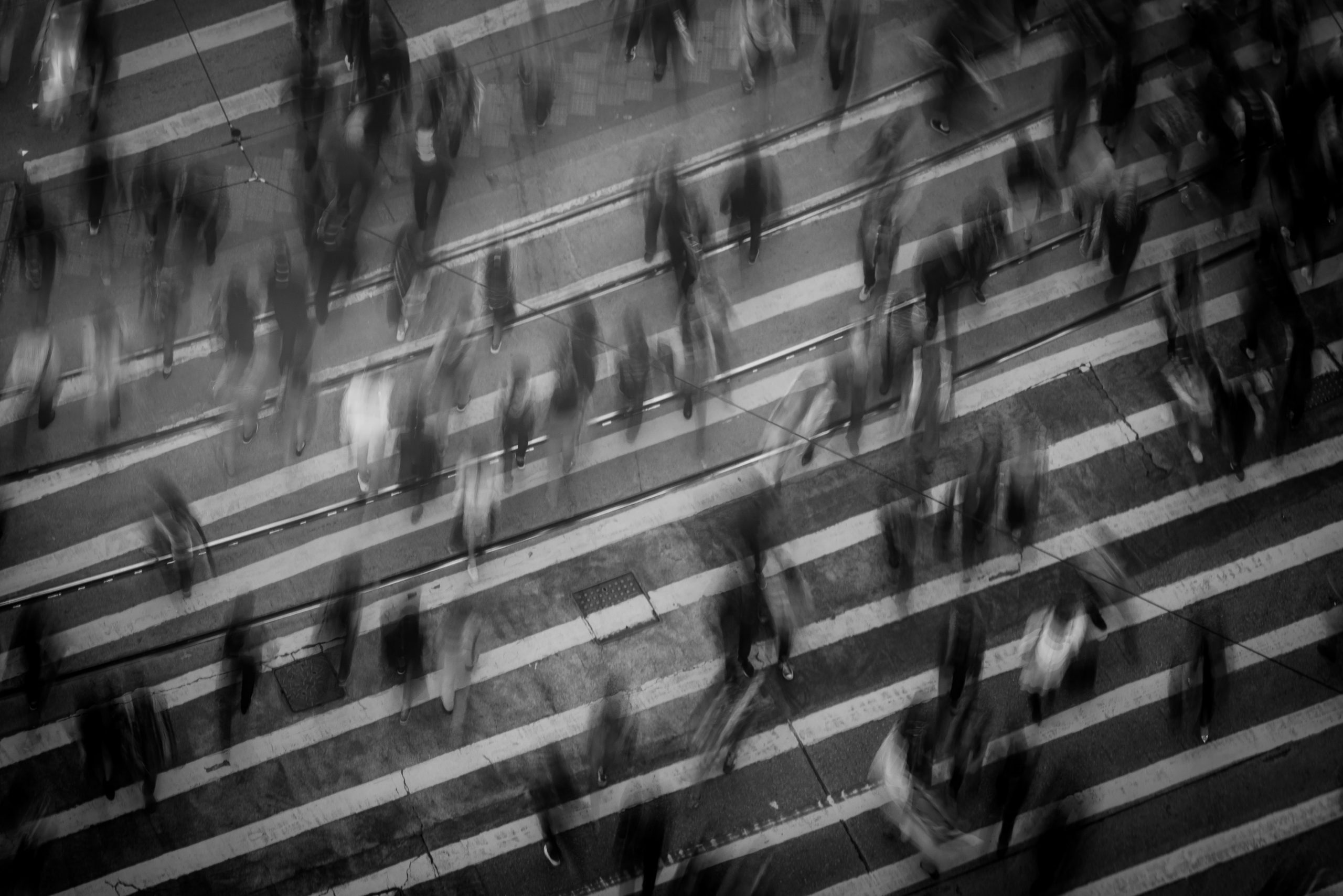
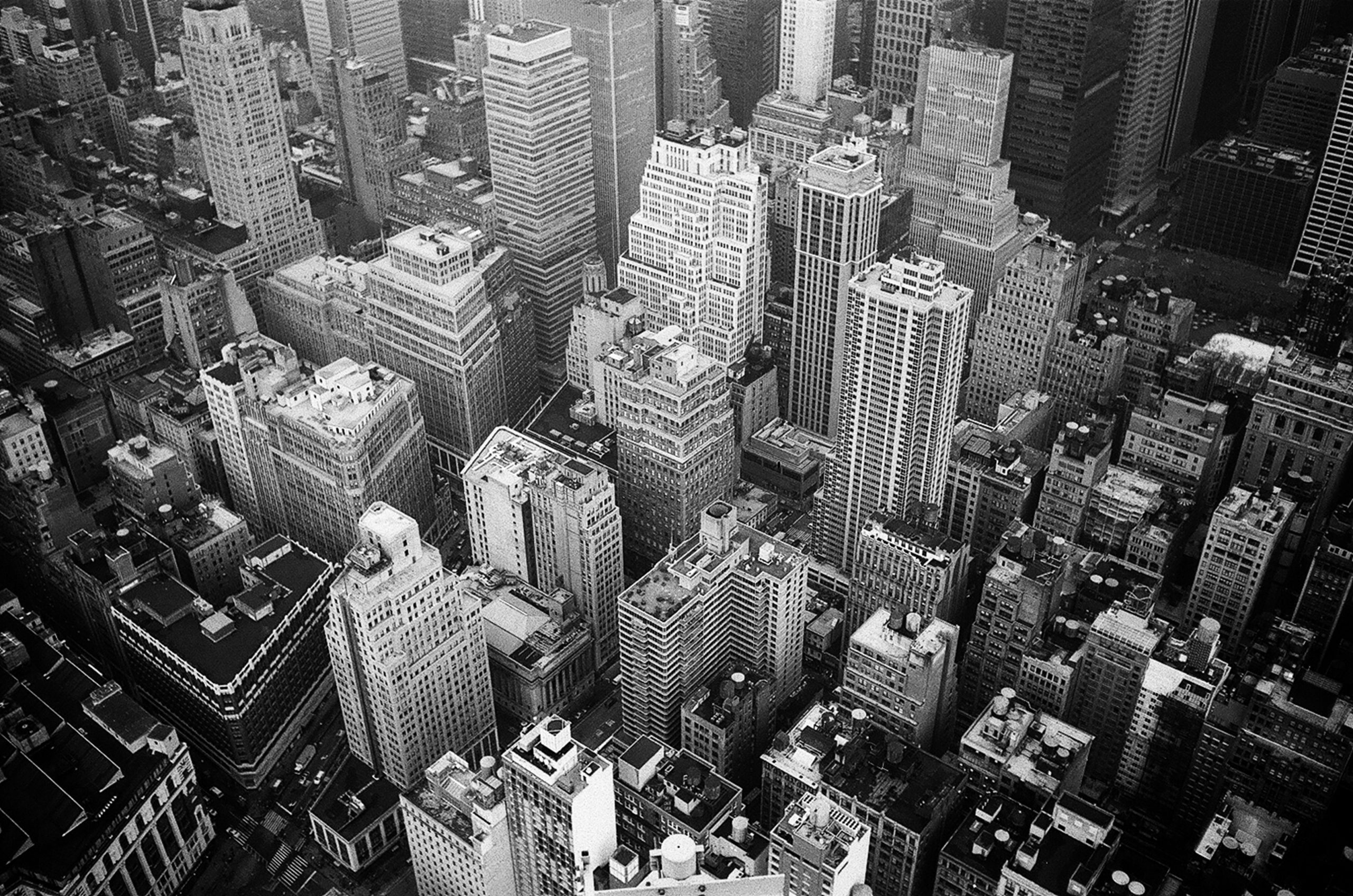
Afterword
We hope that you find this black and white photography article helpful. Thank you for reading and you’re always free to leave a comment.
If you find this article interesting, consider checking out one of our recently published posts. A few of them showcase AI Art Generators in extreme detail. On the other hand, if you’re looking towards Photography, we also offer great articles for your inspiration. We also have multiple articles that talk about the various printing mediums for wall art. May you find these articles entertaining!
Find them here:
The 5 Best AI Art Generators
Why Choose Metal Prints using Chromaluxe?
Guide to Product Photography
Guide to Toy Photography
The Art of Editing Photos
Best Outdoor Print and Signage Options
Best Wood Printing Companies in 2022
We enjoy reading your comments and insights with our posts! Should you have any questions or concerns, feel free to leave them below! -Mark

